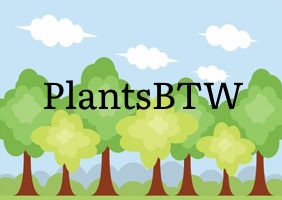Ferns are notorious within the houseplant-community for being quite difficult to keep alive. However, there are a few ferns that aren’t nearly as difficult to care for, and Bird’s Nest Ferns would be near the top of that list!

Background
Asplenium nidus, the Bird’s Nest Fern, is a species of fern native to Asia, Australia, and eastern Africa. Fairly simple in appearance with light green upward fronds. (Botanists refer to the leaves of ferns as “fronds”.) Certain cultivars have fronds that can be crinkled/ruffled in appearance. Bird’s Nest Ferns are epiphytic, meaning they naturally grow on the surface of other plants.
Size
Can grow to about 2′ tall as well as 2′ wide as a houseplant. Grows a few feet taller and wider than that outdoors.
Growing Conditions
Light
On the moderate spectrum for light requirements. Doesn’t necessarily require bright, indirect light to thrive, but also don’t keep your Bird’s Nest Fern in low light. Exposure to direct sun can cause the fronds to burn.
Watering
Normally ferns like to be consistently moist, but the Bird’s Nest Fern should be allowed to have its potting media slightly dry out between waterings. Try and use water that does not contain any fluoride, as the fluoride can cause the tips of the fronds to turn brown.
Pay special attention with Bird’s Nest Ferns to make sure that you don’t get water on the central crown of the plant where the fronds emerge.
Potting Mix
Use a well-draining peat-based potting mixture.
Humidity
Bird’s Nest Ferns appreciate higher humidity but if you are trying to keep ferns in drier air, this type of fern is one of your better bets for tolerating slightly drier air. If possible, keep it in a room with a humidifier, or at least group it together with other plants.
As with other ferns, a Bird’s Nest Fern appreciates warmer air and is not tolerant of cold temperatures under about 50 Fahrenheit. Also keep it away from any drafts.
Fertilizer
Fertilize sparingly during the growing season. Maybe once every few months. Cease fertilization during the colder months.
Propagation
Not easily propagated in the home setting.
Toxicity
Listed as a presumably non-toxic plant by the University of California.
Potential Problems
Not particularly susceptible to any of the common houseplant pests, although they can still make an appearance.
The main problem to be watching for is making sure that the fronds don’t get scorched or browned by direct sunlight and/or fluoridated water.
